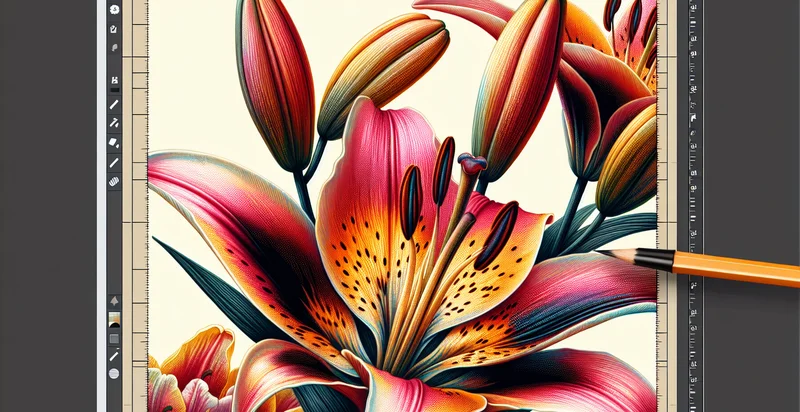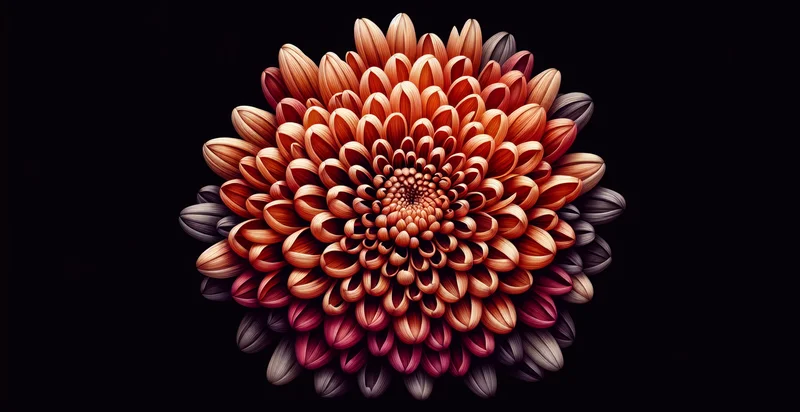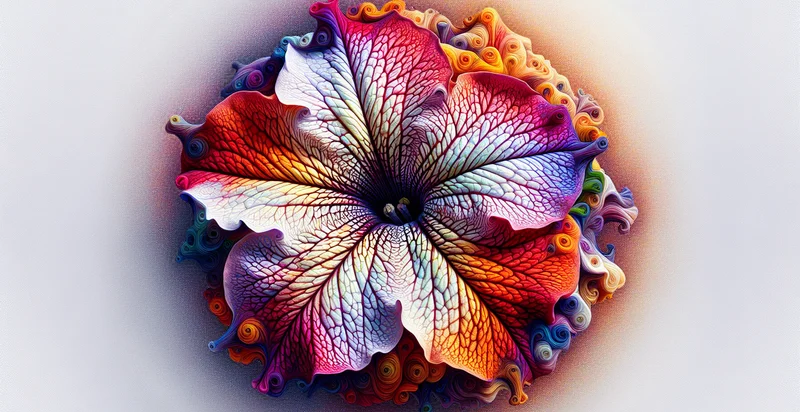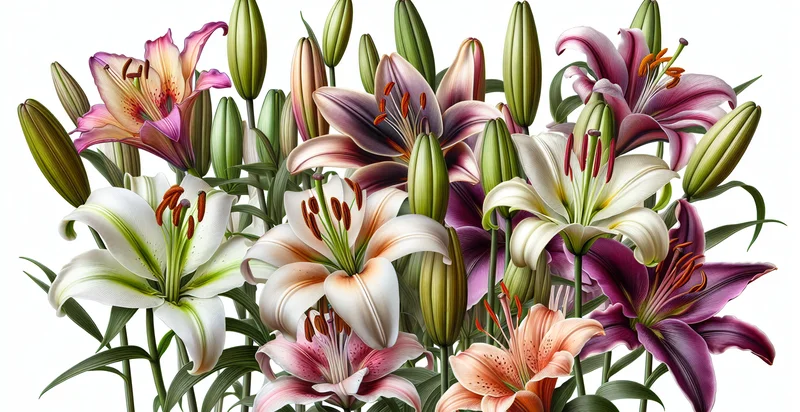Identify is this a lily
using AI
Below is a free classifier to identify is this a lily. Just upload your image, and our AI will predict if it's a lily - in just seconds.

Contact us for API access
Or, use Nyckel to build highly-accurate custom classifiers in just minutes. No PhD required.
Get started
import nyckel
credentials = nyckel.Credentials("YOUR_CLIENT_ID", "YOUR_CLIENT_SECRET")
nyckel.invoke("is-this-a-lily", "your_image_url", credentials)
fetch('https://www.nyckel.com/v1/functions/is-this-a-lily/invoke', {
method: 'POST',
headers: {
'Authorization': 'Bearer ' + 'YOUR_BEARER_TOKEN',
'Content-Type': 'application/json',
},
body: JSON.stringify(
{"data": "your_image_url"}
)
})
.then(response => response.json())
.then(data => console.log(data));
curl -X POST \
-H "Content-Type: application/json" \
-H "Authorization: Bearer YOUR_BEARER_TOKEN" \
-d '{"data": "your_image_url"}' \
https://www.nyckel.com/v1/functions/is-this-a-lily/invoke
How this classifier works
To start, upload your image. Our AI tool will then predict if it's a lily.
This pretrained image model uses a Nyckel-created dataset and has 2 labels, including No This Is Not A Lily and Yes This Is A Lily.
We'll also show a confidence score (the higher the number, the more confident the AI model is around if it's a lily).
Whether you're just curious or building is this a lily detection into your application, we hope our classifier proves helpful.
Related Classifiers
Need to identify is this a lily at scale?
Get API or Zapier access to this classifier for free. It's perfect for:
- Garden Center Inventory Management: Garden centers can utilize the lily identifier to automate the classification of plants during inventory checks. By integrating this function into their inventory systems, staff can quickly identify and categorize lilies among other plants, improving operational efficiency and accuracy.
- Floral Design Software: Floral designers can integrate the lily identifier into their software to enhance bouquet and arrangement suggestions. By accurately identifying lilies in user-uploaded images, the software can recommend complementary flowers and design ideas, leading to more personalized customer experiences.
- Environmental Research and Conservation: Scientists and conservationists can use the lily identifier to monitor lily populations in natural habitats. This functionality can assist in assessing the health of ecosystems and implementing conservation strategies by providing accurate data on the presence and distribution of lily species.
- Agricultural Industry Applications: Agricultural firms can employ the lily identifier for effective pest and disease management. By analyzing images of plant foliage, the system can determine if lilies are affected by specific pests or diseases, enabling targeted interventions that protect crops and increase yield.
- E-Commerce Plant Sales: Online plant retailers can use the lily identifier to enhance user experience on their platforms. Customers can upload photos of their own plants and receive immediate feedback on whether they are purchasing genuine lilies, thus reducing the risk of misidentification and returns.
- Education and Training: Educational institutions can leverage the lily identifier in botany and horticulture courses to support visual learning. Students can engage in interactive lessons where they upload plant images and receive instant verification, solidifying their understanding of lily species and their features.
- Augmented Reality Gardening Apps: AR gardening apps can incorporate the lily identifier to help users identify and learn more about lilies in their gardens. By simply taking a photo of a plant, users can receive information on care tips, varietals, and aesthetics, thus enhancing their gardening experience.


